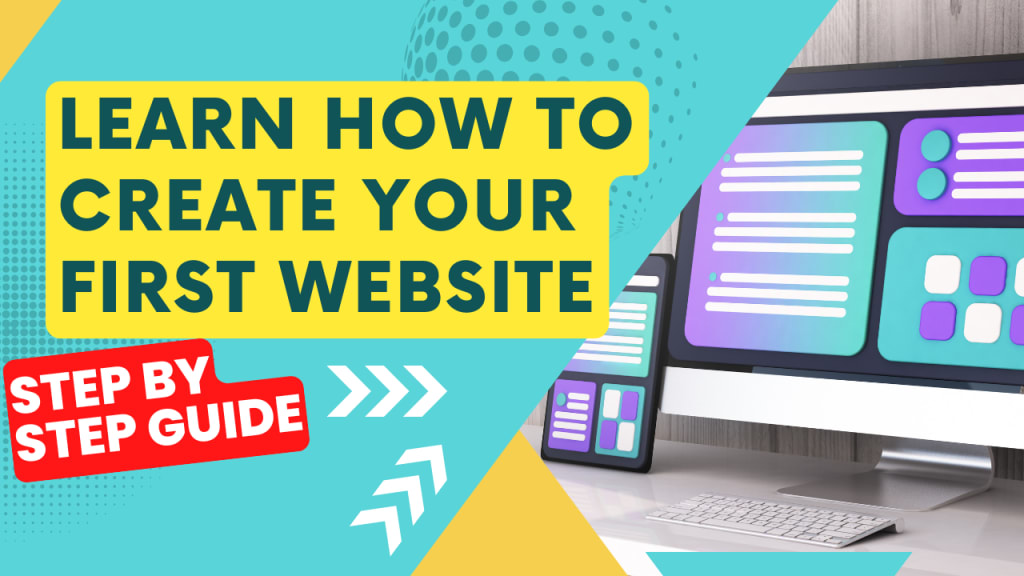Introduction
So, you’re thinking of building a website in 2025? Smart move! Whether you’re an entrepreneur, freelancer, blogger, or just someone who wants a digital home, having your own website gives you control, credibility, and connection.
And the best part? It’s way easier than it was just a few years ago. Let’s walk through the whole process together — no tech degree required.
Planning Your Website
Define the Purpose of Your Website
Before you even touch a keyboard, ask yourself — why am I building this website? Are you selling products, showcasing work, sharing ideas, or building a community? Your goal will shape everything that follows.
Identify Your Target Audience
Who do you want to visit your site? A niche blog about sustainable living will look totally different from a portfolio for a graphic designer. Know your crowd.
Choose Your Website Type
Pick the style that suits your needs:
-
Blog
-
eCommerce Store
-
Portfolio
-
Business Website
-
Membership/Community Site
Choosing a Domain Name
Tips for Picking a Memorable Domain
Your domain is your digital address. Make it:
-
Short and sweet
-
Easy to spell
-
Relevant to your brand
-
Keyword-rich (but not spammy)
Pro Tip: Stick with a .com if you can — it’s still king.
Where to Buy a Domain Name
Popular platforms include:
-
Namecheap
-
GoDaddy
-
Google Domains
-
Bluehost
Most of them also offer domain privacy protection and bundles with hosting.
Selecting the Right Hosting Provider
Shared vs. VPS vs. Dedicated Hosting
-
Shared Hosting: Budget-friendly and beginner-friendly.
-
VPS Hosting: More control, better performance.
-
Dedicated Hosting: High performance, high cost.
Top Hosting Providers in 2025
Here are some of the top-rated:
-
SiteGround
-
Hostinger
-
Cloudways
-
Bluehost (still solid in 2025)
-
GreenGeeks (eco-friendly pick!)
Budget-Friendly Options
Just starting out? Go with shared hosting and upgrade later as you grow.
Picking a Website Builder or CMS
WordPress vs. Wix vs. Squarespace vs. Webflow
-
WordPress: Most flexible, massive plugin ecosystem.
-
Wix: Drag-and-drop simplicity.
-
Squarespace: Sleek design, all-in-one solution.
-
Webflow: Designer’s dream — more advanced.
Factors to Consider When Choosing
Think about:
-
Your budget
-
Your design skills
-
Need for scalability
-
Customization options
Designing Your Website
Choosing a Theme or Template
Pick a clean, modern theme that matches your brand. Most builders offer tons of templates — don’t overthink it at the start.
Importance of Responsive Design
In 2025, over 70% of users are on mobile. Your site must look great on all screen sizes.
Customizing for Brand Consistency
Use consistent fonts, colors, and logos to build trust and recognition.
Essential Website Pages to Include
Homepage
This is your first impression — make it count. Keep it clean, clear, and focused.
About Page
Tell your story. People connect with people, not companies.
Contact Page
Make it easy for visitors to reach out — include a form, email, and even social links.
Privacy Policy & Terms
Yep, even small sites need this for legal compliance (especially with GDPR).
Adding Content That Converts
Writing Copy That Engages
Write like you talk. Keep it conversational, clear, and customer-focused.
Using High-Quality Images and Videos
Visuals boost engagement. Use free sites like Unsplash or invest in custom visuals.
Blogging for SEO
Blogging isn’t dead. In fact, it’s one of the best ways to drive organic traffic.
Installing Essential Plugins and Tools
SEO Plugins
-
Yoast SEO
-
Rank Math
-
All in One SEO
Security Plugins
-
Wordfence
-
Sucuri Security
Analytics and Tracking Tools
-
Google Analytics 4
-
Microsoft Clarity
-
Hotjar (for heatmaps)
Optimizing for SEO in 2025
Keywords Still Matter
Use tools like Ubersuggest, SEMrush, or Google Keyword Planner to find what your audience is searching for.
Voice Search Optimization
With smart assistants everywhere, think about how people speak, not just type.
AI Tools for Smarter SEO
Use AI tools for faster research, content ideas, and even on-page optimization tips.
Making Your Website Mobile-Friendly
Why Mobile Responsiveness is Crucial
Google now uses mobile-first indexing. If your site doesn’t work on phones, you’re invisible.
Tools to Test Mobile Usability
Use:
-
Google’s Mobile-Friendly Test
-
BrowserStack
-
Responsinator
Securing Your Website
Importance of SSL
SSL encrypts data and gives you that little padlock in the address bar — must-have for trust and SEO.
Backups and Firewall Setup
Protect your site from crashes and hackers with:
-
Daily backups (UpdraftPlus)
-
Firewalls (Cloudflare or Sucuri)
Launching Your Website
Pre-Launch Checklist
-
Test every page
-
Check on multiple devices
-
Fix broken links
-
Submit to Google Search Console
Announcing Your Launch
Share it on social media, email your contacts, maybe even run a small ad campaign.
Maintaining Your Website
Regular Updates
Keep plugins, themes, and your CMS updated to stay secure.
Monitoring Site Speed & Performance
Use GTmetrix, Pingdom, or Google PageSpeed to track loading times and performance.
Conclusion
Building your own website in 2025 isn’t just possible — it’s empowering. With the right tools and a little patience, you can create a stunning, functional, and professional site that gets noticed. Start small, stay consistent, and keep improving.
The internet is waiting. Go build your digital empire.
FAQs
Q1: Do I need coding knowledge to build a website in 2025?
Nope! Most website builders are drag-and-drop and require zero coding skills.
Q2: How much does it cost to build a website?
Anywhere from $50/year for basic hosting and domain to $500+ for premium features.
Q3: How long does it take to build a website?
You can set up a basic site in a few hours. A full-featured site might take a few weeks.
Q4: Can I make money from my website?
Absolutely! Through ads, affiliate marketing, selling products, or offering services.
Q5: Is WordPress still relevant in 2025?
Very much so! It powers over 40% of websites globally and continues to evolve
Read more Article About Technology
